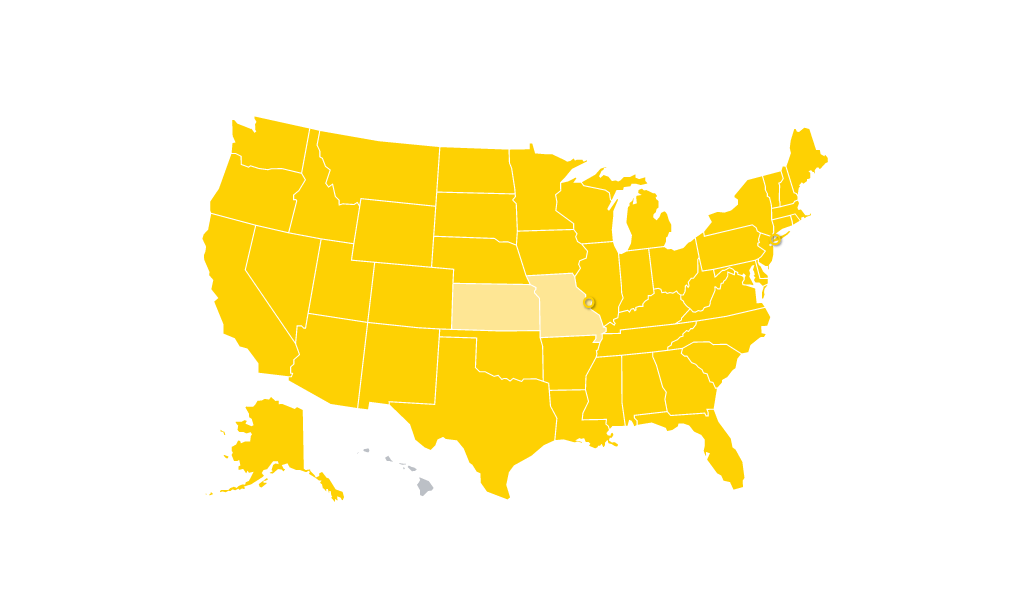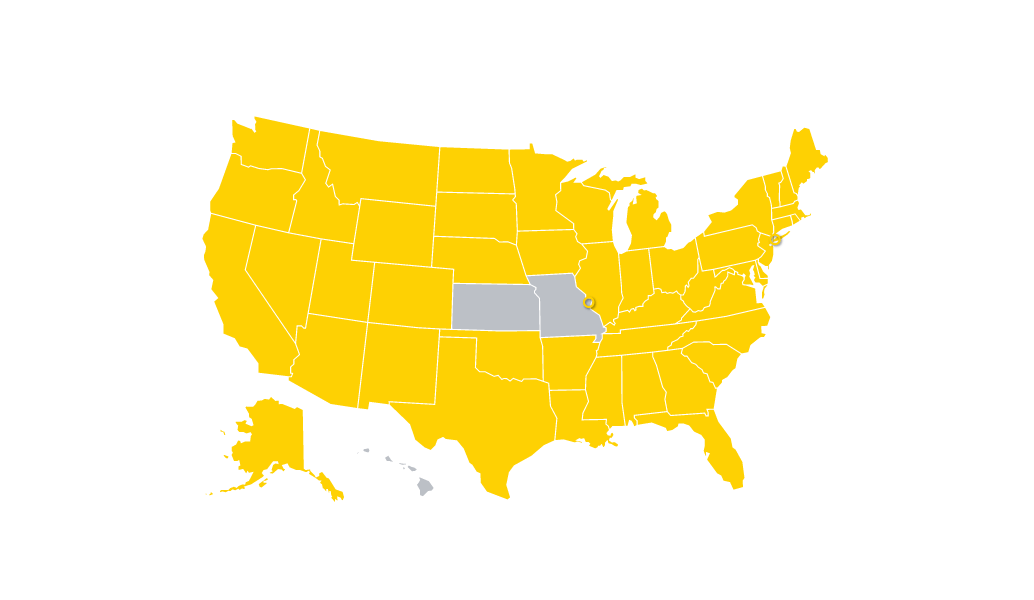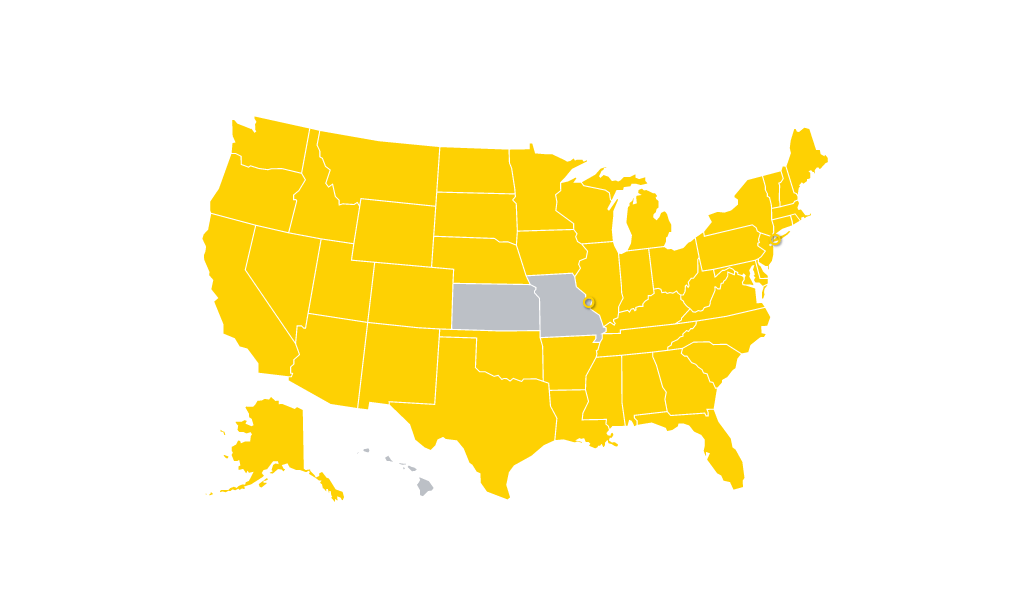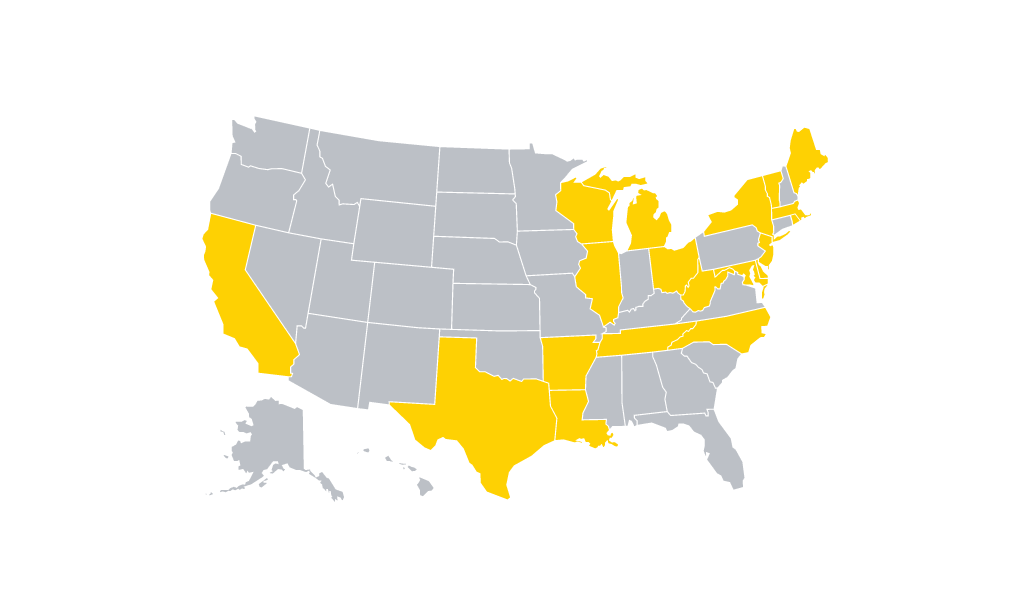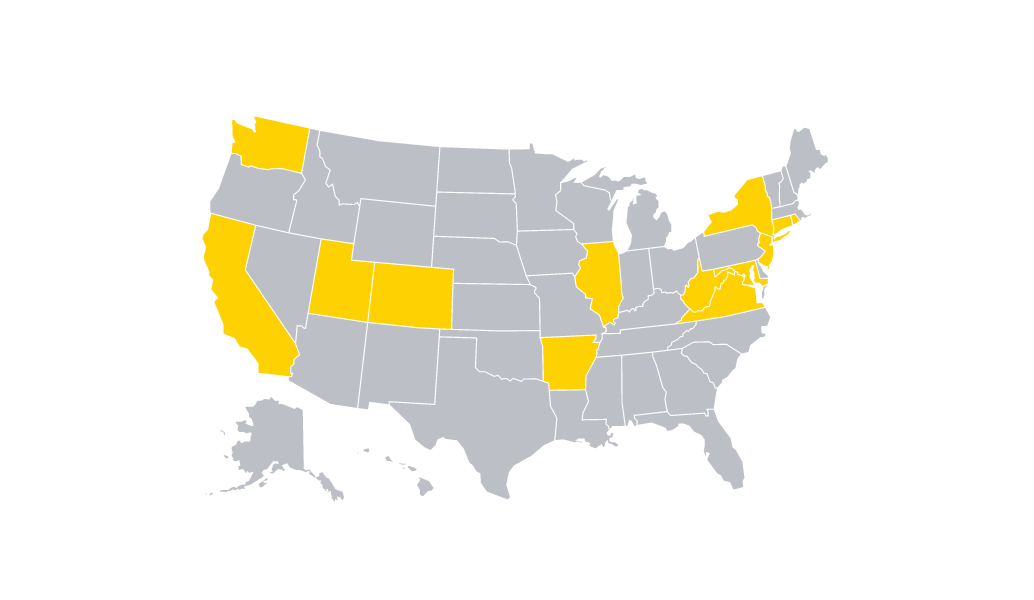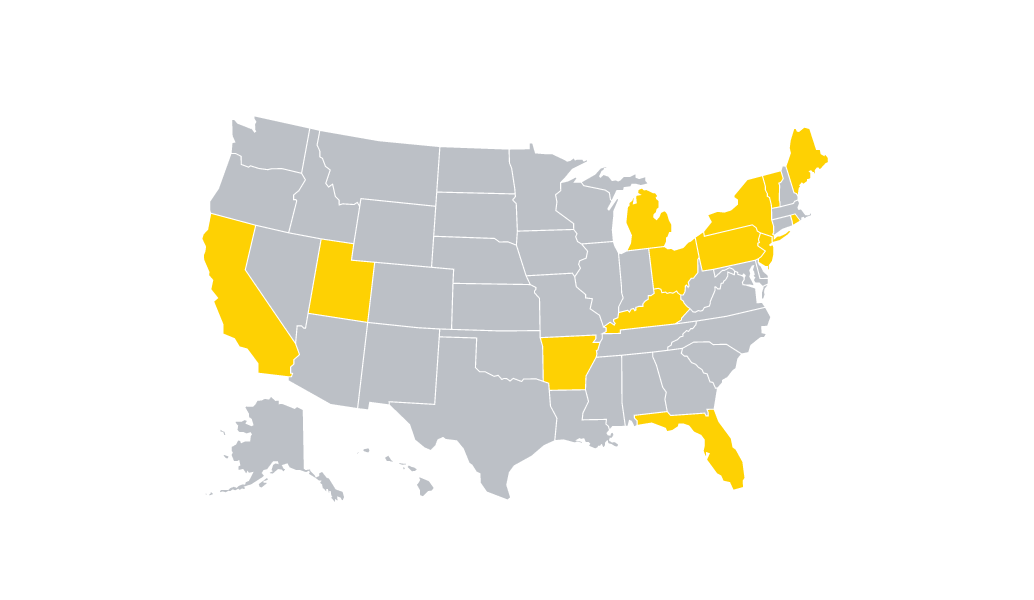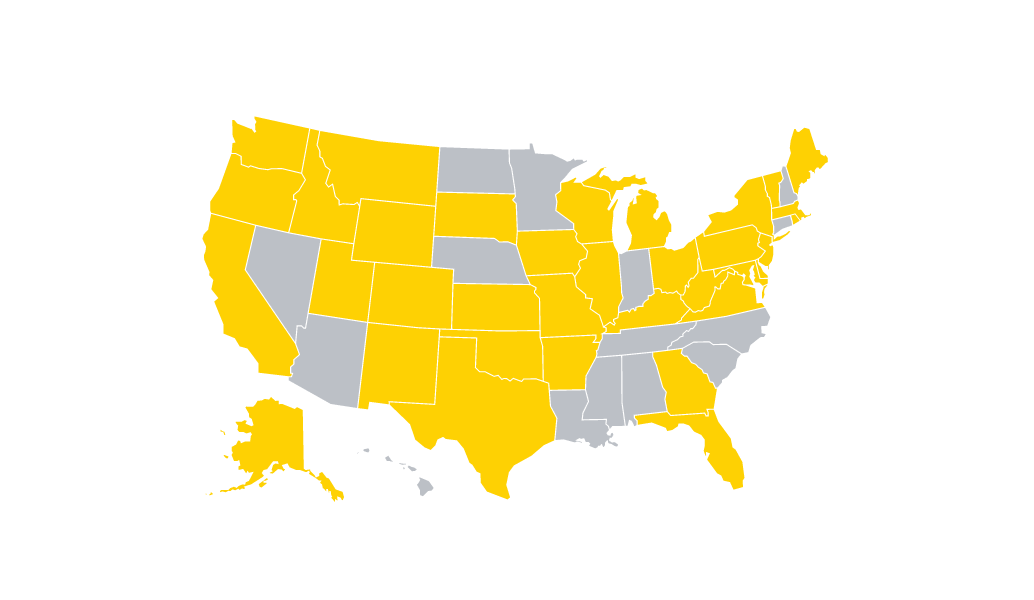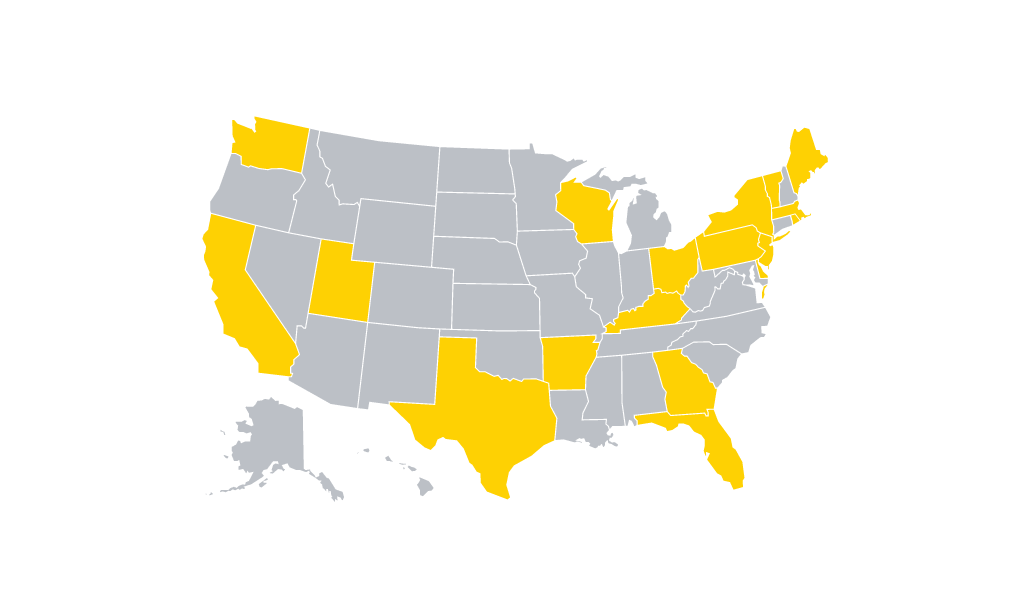Below outlines the methodology for indicating requirements for each of the property types:
Download Carbon Monoxide Alarm Legislation PDF
Single-Family
Unless otherwise indicated, the dates listed for single-family homes pertain only to new housing built on or after the effective date. In the vast majority of states, CO alarms are only required in existing housing stock if-andwhen renovations take place or property is transferred. There are certainly outliers, such as California, Illinois, and New York that do require CO alarms in existing single-family homes.
Multi-Family
Likewise, unless otherwise indicated, the dates listed for multi-family pertain to new multi-family housing. The vast majority of these were implemented by International Building Code adoptions, with further laws passed in several states to extend requirements to existing multi-family housing.
Hotel/Motel Rooms
Like multi-family housing, hotel and motel buildings fall within the scope of the International Building Code. Should a state have CO requirements for multi-family housing, it’s an accurate assumption that they also require CO alarms in some areas of hotel/motel buildings. However, 18 states have taken the extra step of requiring CO alarms in or within proximity to individual sleeping areas. The dates listed in this column are for this set of requirements. All of these have exemptions of various types, too.
Schools (K-12)
Most laws requiring CO alarms in schools are relatively recent and pertain to both new and existing facilities. Alarm type (hard-wired vs battery), quantity, installation guidelines and location vary state-by-state.
Dormitories
Unless otherwise indicated, the dates listed pertain to new dormitory facilities. Alarm type and placement (in common areas vs. sleeping areas) vary.
Daycare/Childcare/Foster Care Facilities
Buildings within this category straddle the line between residential and commercial facilities, as day cares may operate as commercial facilities, or out of single-family homes. The CO regulations that they are required to follow are often scaled as such – with the most stringent requirements in place for facilities that serve the largest number of people and/or the most vulnerable – for instance, a foster care home or halfway house with multiple people under its care, vs. a small daycare operated out of a single-family home. Unless otherwise indicated, we consider the dates listed to pertain to both new and existing daycare/childcare/foster care facilities. However, given the variation that exists within this category, we would recommend following up on specific states in question and type of care facility. Larger commercial enterprises would fall within IBC requirements for new construction.
Adult Care Facilities
Likewise, adult care facilities can encompass anything from a typical nursing home to specialized, private centers for patients with disabilities, dementia, etc. Unless otherwise indicated, the dates listed pertain to new adult care facilities only. Alarm type (hard-wired vs battery), quantity, installation and location may vary depending on the size and purpose of the facility. Given the variation that exists within this category, we would recommend following up on specific states and facilities in question. Larger commercial enterprises would fall within IBC requirements for new construction.
*It is incumbent on the counties to adopt IRC or IBC 2012 Updated 03/23
DISCLAIMER: The information provided herein is BRK's summary interpretation. It is only intended to be used as general reference material. It is neither authoritative nor intended to take the place of either the written law or applicable regulations. This should not be construed as an attempt to offer or render legal advice, a legal opinion, or otherwise engage in the practice of law. Check with your state and local authorities for complete information.
